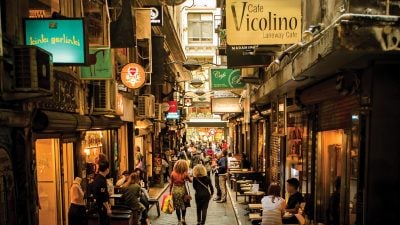Home / Africa & Middle East / Egypt / Knowing Your Temples on Egypt …
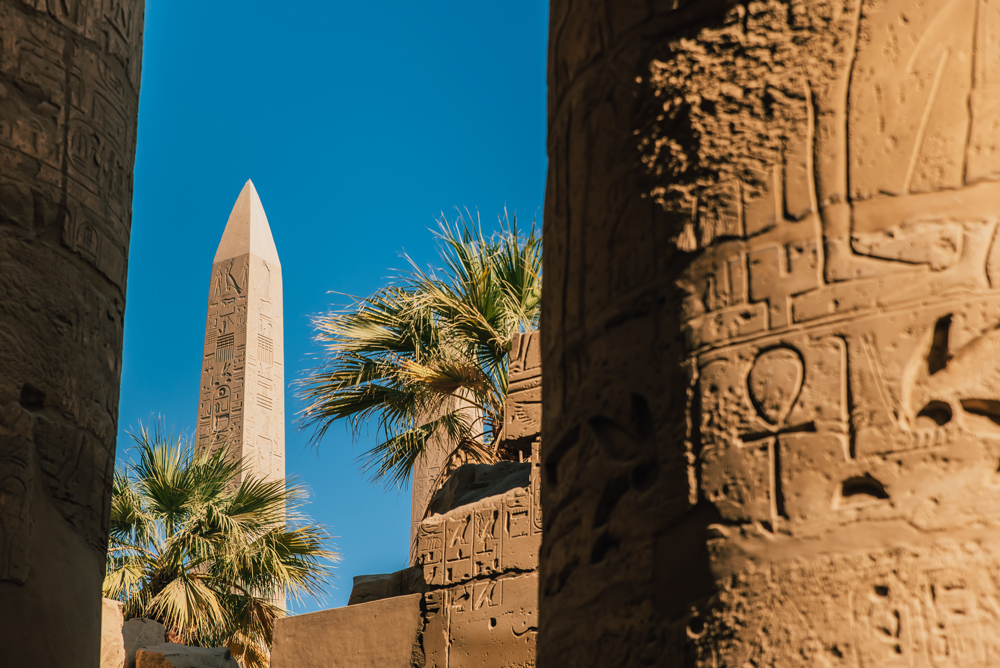
Knowing Your Temples on Egypt Tours
Of all history’s great civilizations, few capture the imagination like Egypt. Nourished over millennia by the Nile, this land of pharaohs, hidden tombs, animal-headed gods, and astonishing monuments has fascinated just about everyone, from its ancient contemporaries to the modern-day globetrotter.
But after that initial wave of pyramid-induced awe, which temples should you see on Egypt tours? Which of these grand monuments unlock Egypt’s secrets beyond their obvious “wow” factor? It’s a matter of opinion. It can also be overwhelming! You’ll need a little familiarity with Egypt’s history, including its greatest rulers, to prevent things from looking a bit samey after the first two or three temples. At minimum, brush up on the 18th and 19th dynasties (from Hatshepsut to Ramesses II) before you arrive, as this is when most of Egypt’s most popular monuments were built, or at least begun.
You don’t need to be an expert, and it’s impossible for us to list all of Egypt’s worthwhile temples here, but we have put together the “cliff notes” on those temples included on Goway’s Classic Egypt itinerary, along with one popular add-on, the temples at Abu Simbel.
Suggested Itinerary and Day Tour:
9-Day Classic Egypt
Aswan: Abu Simbel Half Day Tour
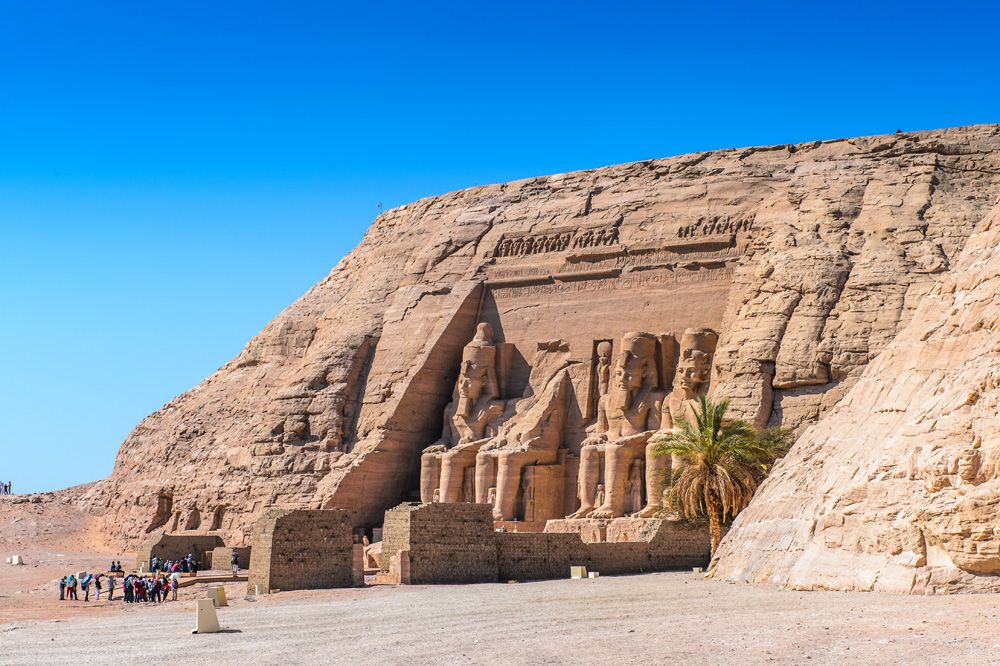
The Twin Temples of Ancient Thebes (Luxor’s East Bank)
Luxor
The Luxor and Karnak temples are all that remain of once mighty Thebes, Egypt’s capital from the 20th century BC, right up until the New Kingdom. Guarded by enormous statues of Ramesses II and Tutankhamon, Luxor Temple was the setting for Opet festival rituals, which supposedly reconciled the pharaoh’s humanity with his divinity. This role as a place of worship has continued right up to the present day, its current occupant being the mosque of Sufi Shaykh Yusuf Abu al-Hajjaj. A boulevard of sphinxes connected it to the much grander Karnak Temple, many of which remain intact, particularly at the ‘Luxor’ end.
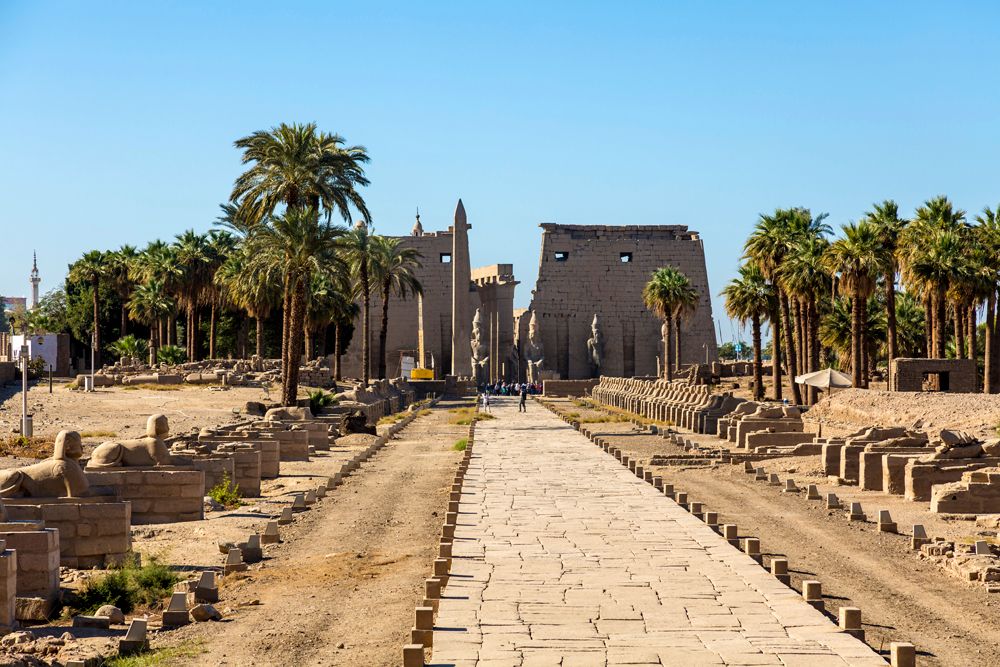
Karnak
A city of temples, the enormous Karnak temple complex remains the world’s second largest religious structure after Angkor Wat in Cambodia. Construction lasted from around 2055BC to 100AD, so you can imagine how many rulers left their mark on Karnak over that time. Like Luxor, the complex venerates the trio of Amun, Mut, and Khonsu. As the head of the family triad (and the sole deity in the ‘heretic’ pharaoh Akhenaten’s failed attempt to convert Egypt to monotheism), Amun gets the largest segment, and wandering the forest of columns in the great hypostyle hall gives you a sense of Karnak’s grandeur, and what it meant to Thebes at the time.
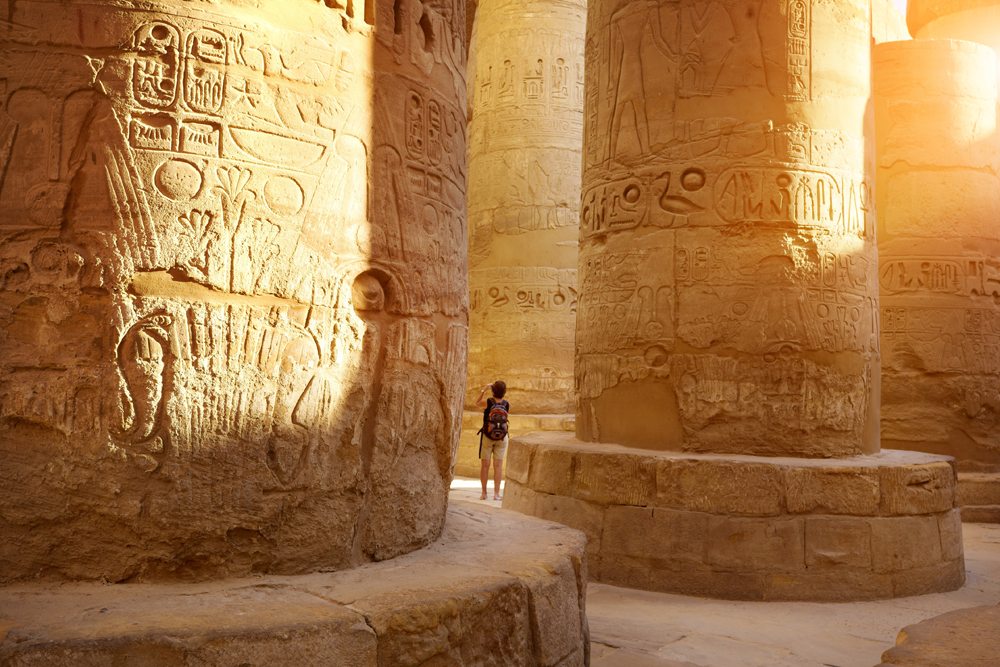
The Theban Necropolis (Luxor’s West Bank)
Temple of Hatshepsut
From her gender to a thwarted attempt to erase her from history, the female pharaoh Hatshepsut remains a source of ongoing fascination. Nowhere is her legacy and influence more evident than at her mortuary temple in the Theban Necropolis. Painstaking reconstruction efforts have restored at least two levels of this once ruined wonder, found near the Valley of the Kings. The reliefs inside tell of Hatshepsut’s life, including, somewhat unusually, a relief sculpture reciting the tale of her divine birth. It suffices to say if you want to know all about Egypt’s most prominent – though not first – female pharaoh, you’ll want some time to explore.
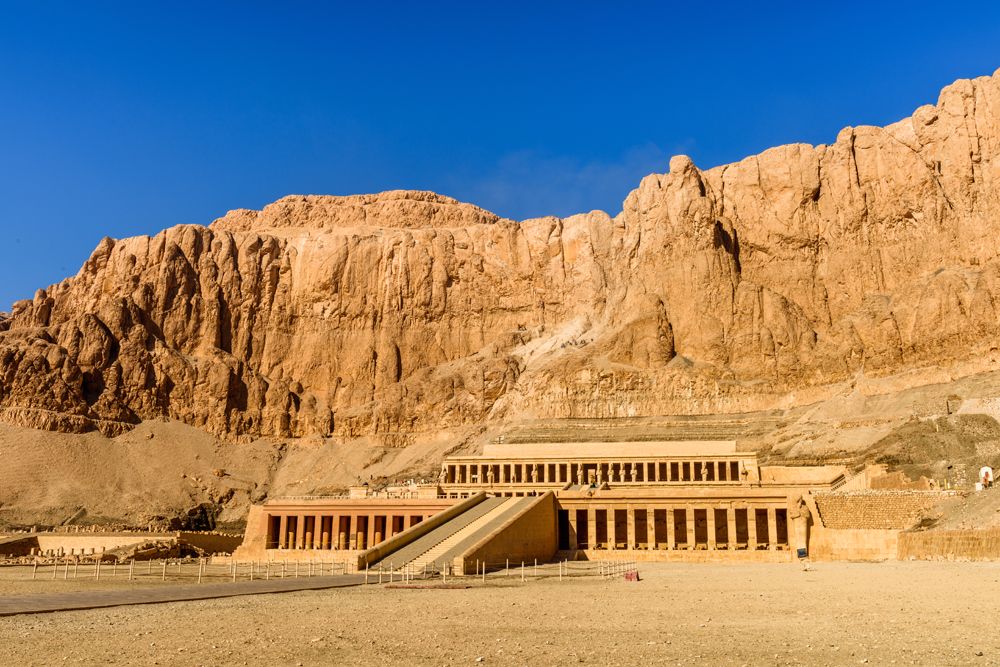
The Colossi of Memnon (Amenhotep III)
The Colossi of Memnon guard the entrance to what remains of the Temple of Amenhotep III. The pharaoh’s face has unfortunately fallen to decay on both statues, a tragically apt metaphor for the temple’s fate. Once an even larger temple than Karnak, its most crippling design flaw was also its most unique feature. The temple was deliberately built on the Nile flood plain, ensuring the rising waters would submerge all but its inner sanctum before receding each year to symbolize rebirth. This wasn’t great for the temple’s longevity, particularly not when combined with a series of earthquakes. Today, the temple is more a symbol of poor planning than rebirth, but it remains one of the necropolis’ must-sees, thanks to its faceless guardians.
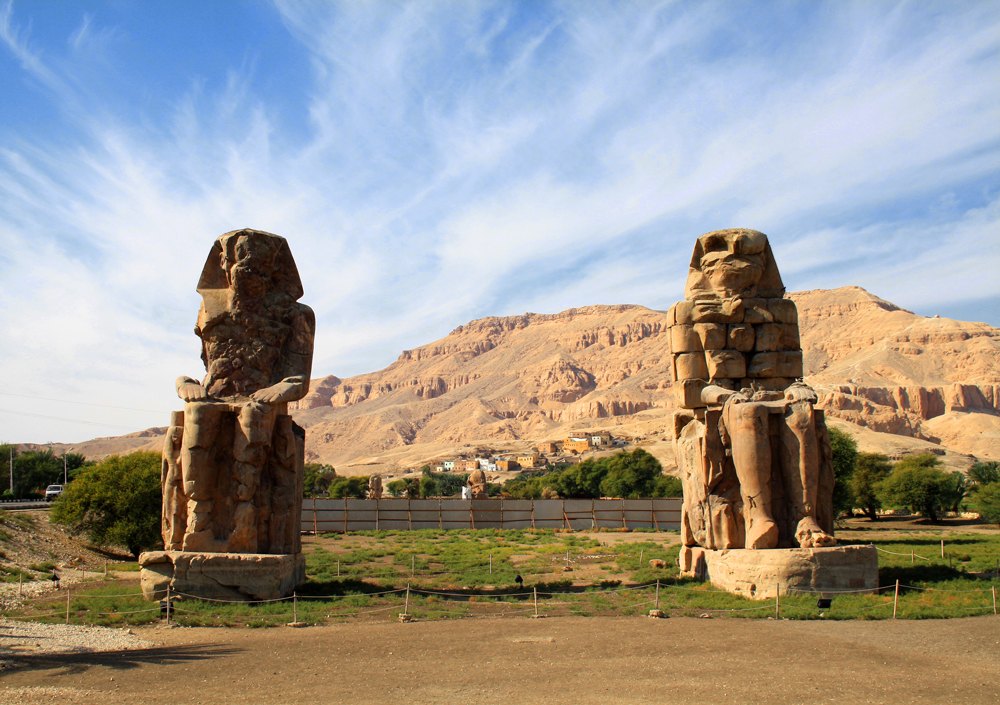
Egypt’s Best Cruise Stops: The Temples on the Nile
Temple of Horus at Edfu
Built over a comparatively speedy 180 years, this complex marks the place where the falcon headed god, Horus, fought Set, murderer of Osiris and the supposed bringer of chaos, deceit, and disaster. That’s quite a claim to fame for the small city of Edfu, located on the Nile roughly halfway between Aswan and Luxor. The temple might seem a bit bland from the outside compared to others you’ve probably visited by this point, but the scale and detail of the interior will quickly wipe those misgivings from your mind. This is one of the country’s best preserved ancient temples, and an essential Nile cruise stop on Egypt tours.
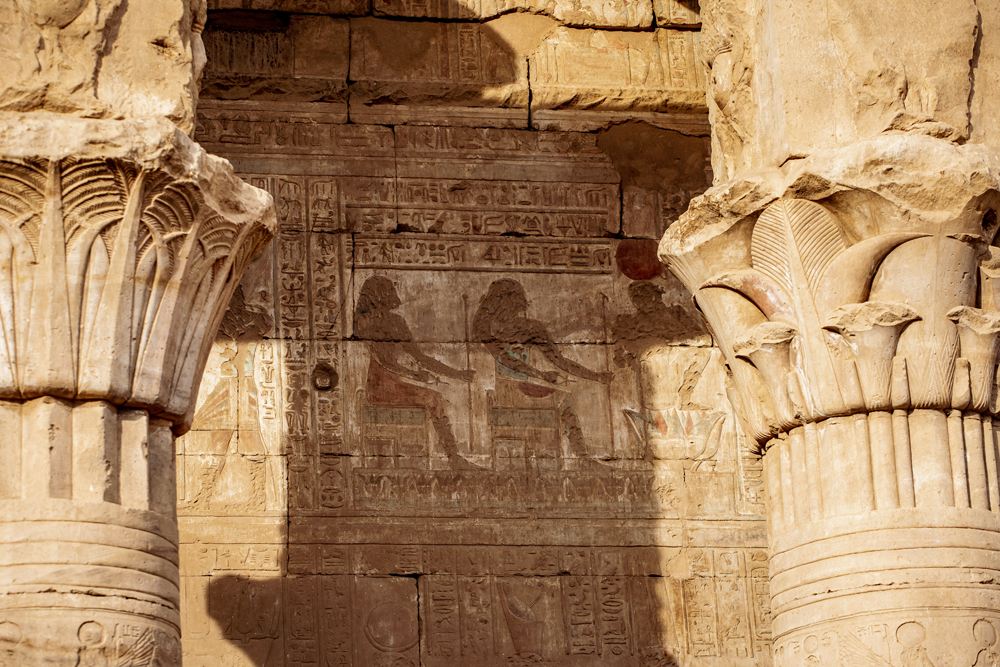
Temple of Kom Ombo
Typically accessed via a Nile cruise, the dual temple dedicated to the crocodile god Sobek and Horus the Elder is badly damaged, but remains one of the most beautiful in all Egypt. Part of that beauty comes from its mind-bogglingly perfect symmetry, which you might notice if you can tear yourself away from the incredible reliefs and carvings that cover Kom Ombo’s walls. Even some of the temple’s original colour has survived, so it isn’t hard to imagine how awesome it must have looked in its heyday. The mummified sacred crocodiles also lend the place a particular ambience you won’t find elsewhere on your Egypt vacation.
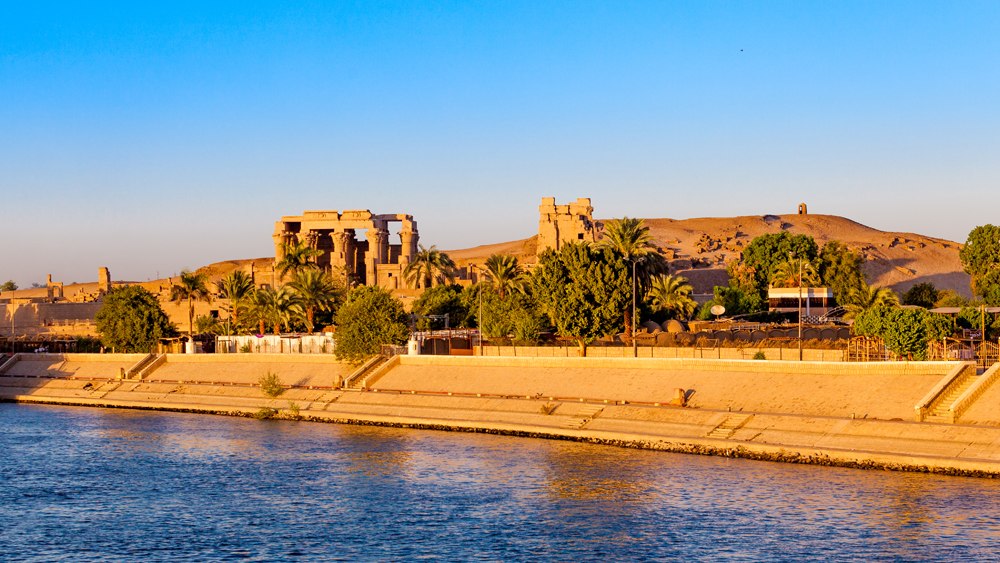
Nubian Treasures of Southern Egypt
Temple of Philae
Dedicated to one of Egypt’s most beloved gods is one of its best loved temples. Honouring Isis, the wife of Osiris, mother of Horus, and sister of the treacherous Set, Philae was so beloved it became part of UNESCO’s rescue project during the construction of the Aswan Dam. Reconstructed brick by brick on Agilika Island, it’s now Aswan’s most spectacular ancient sight. Despite constant assault from the Nile’s waters, many parts of the temple remain remarkably intact. This is also arguably the best of Egypt’s many sound and light shows since it takes you on an immersive journey through the temple as the story unfolds.
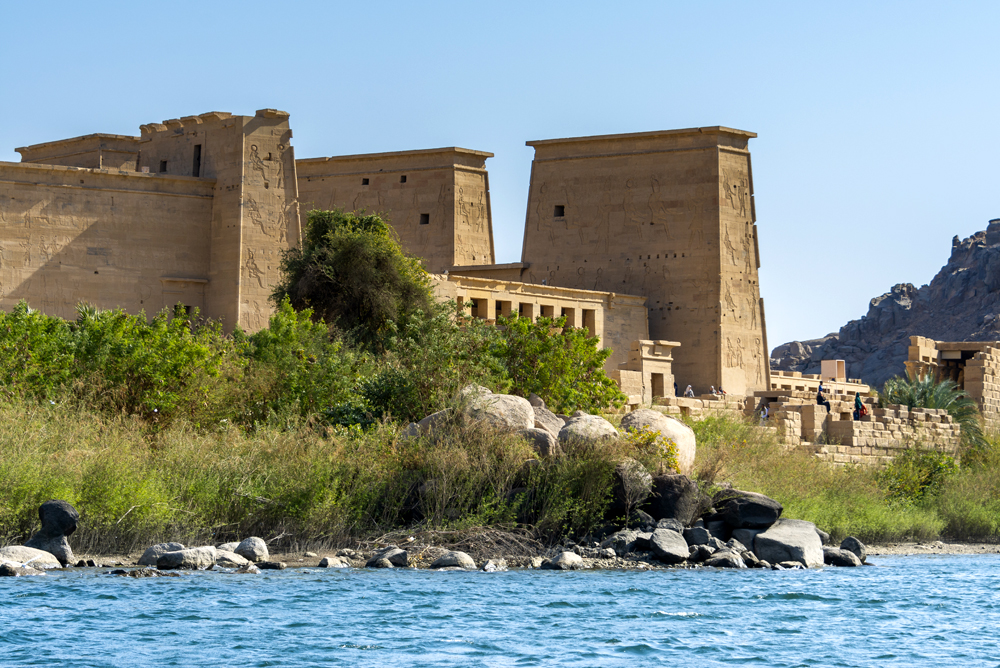
Abu Simbel
Dating from 1264BC, the temples of Abu Simbel are perhaps Egypt’s most recognizable facades. Like Philae, they stand today as the result of a minor engineering miracle. A massive relocation rescued these monuments to Ramesses the Great and Nefertari from languishing at the bottom of Lake Nasser. Aside from the two mounts created to stand in for the now submerged rock face, both temples appear as they did in their original location. Even the broken colossi have been left in state. Reconstruction of the temple interiors was equally meticulous, ensuring there’s more to take in here than just a great photo op. This is arguably Egypt’s most popular day trip (from Aswan), so if you want the temples (mostly) to yourself, consider an overnight stay to enjoy them in the early morning or late afternoon. Just be warned, there’s not a whole lot else to interest visitors in the nearby town.
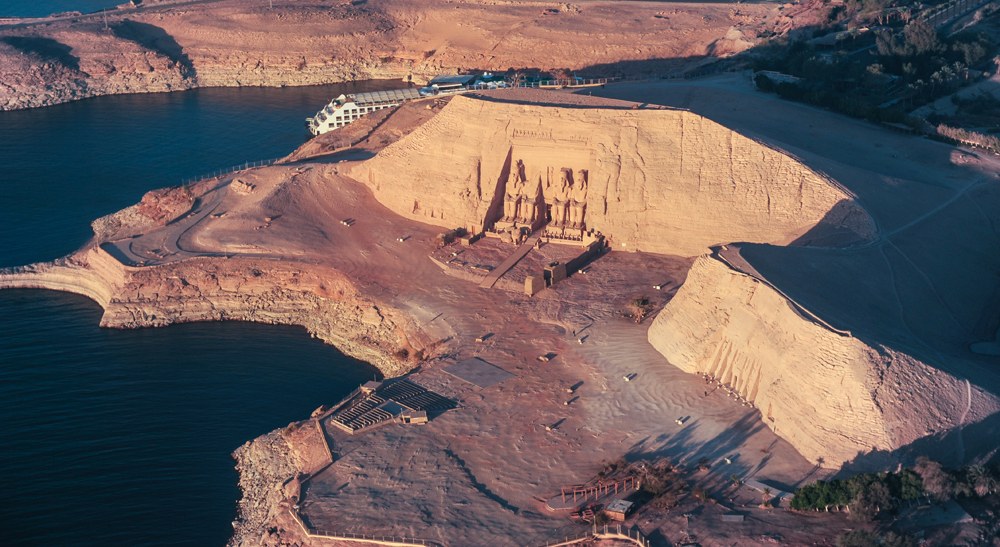
Suggested Itinerary and Day Tour:
9-Day Classic Egypt
Aswan: Abu Simbel Half Day Tour
Get more travel inspiration by email.
Subscribe
0 Comments

Get the latest travel trends & hear about the best deals on vacations around the world.
If you’re a Globetrotter, these are the newsletters for you!

